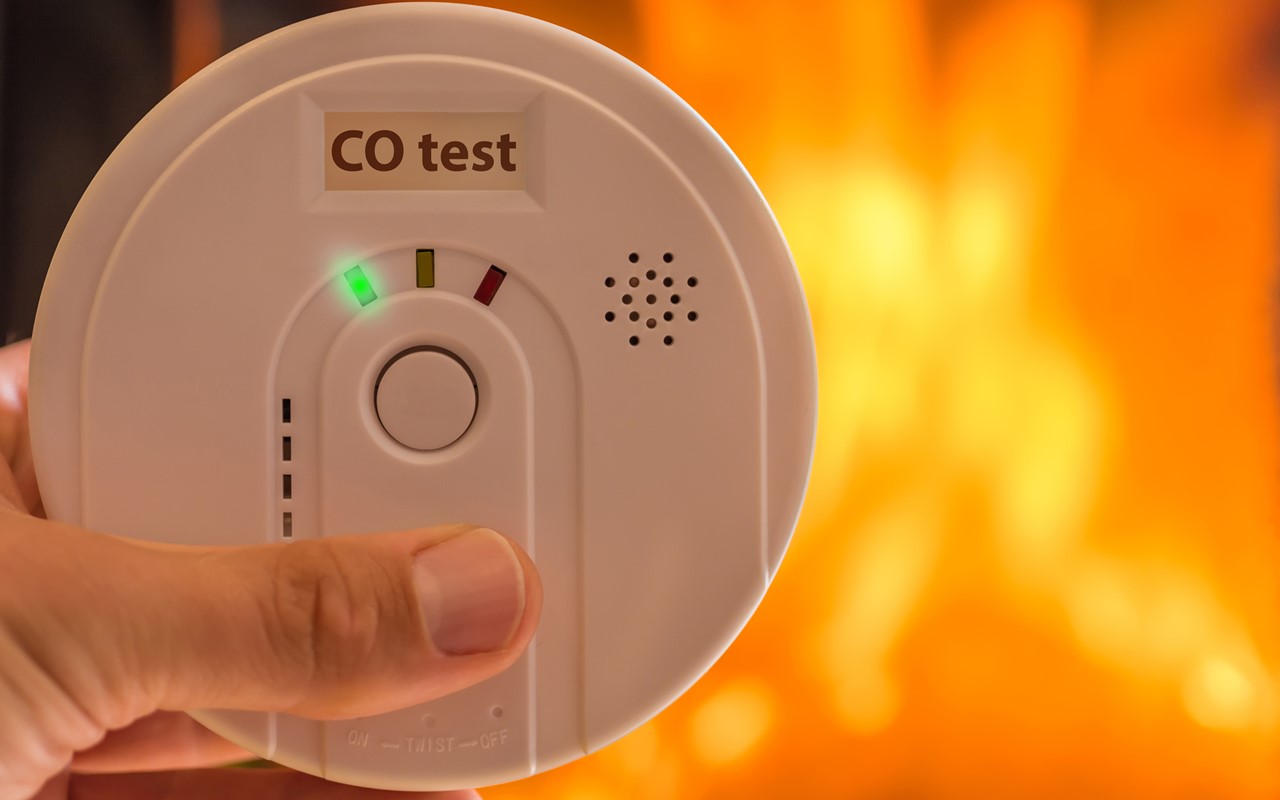Colder months bring attention to an important safety hazard on commercial jobsites: carbon monoxide poisoning.
According to the Centers for Disease Control and Prevention, more than 400 workers die every year from unintentional CO poisoning and more than 4,000 others are hospitalized. One of the most common sources of CO exposure in the workplace is the internal combustion engine, according to the Occupational Safety and Health Administration.
CO poisoning is a threat to crews on construction jobsites year-round but tends to increase during winter months when fuel-burning equipment and tools are used in buildings or spaces without sufficient ventilation. An invisible, colorless, odorless and tasteless gas, CO is virtually undetectable and if inhaled, can be deadly within a short period of time. Its subtlety warrants ongoing awareness among contractors, subcontractors, and builders working on construction jobsites.
In order to keep employees safe and healthy, be sure to review the dangers and signs of CO poisoning, recommended safety precautions and how using clean energy sources, such as propane, on site can reduce their risk of exposure.
CO POISONING AND HOW TO SPOT THE SYMPTOMS
CO poisoning is caused by inhaling combustion fumes. The Mayo Clinic describes it likes this, “When too much CO is in the air you’re breathing, your body replaces the oxygen in your red blood cells with CO. This prevents oxygen from reaching your tissues and organs.”
Various fuel-burning engines produce CO. Notably, CO poisoning results from the incomplete burning of material containing carbon including natural gas, gasoline, kerosene, oil, propane, coal or wood, according to OSHA. The amount of CO produced by these engines isn’t typically a cause for concern. But when they’re used in a closed or partially-closed space, the CO can build to dangerous levels. The most common symptoms include headache, weakness, dizziness, nausea and vomiting, shortness of breath, confusion, blurred vision and loss of consciousness. Everyone is at risk for CO poisoning, but it’s particularly dangerous for older adults and people with chronic heart disease, breathing problems, or anemia.
HOW CAN EMPLOYEES PREVENT CO POISONING?
As workers bring equipment indoors during the colder months, it’s important for them to make note of these potential hazards and know the proper precautions to take:
- Crews should be equipped with the proper PPE and safety gear, including multi-gas monitors. These small, portable monitors — which can clip onto work belts—detect poisonous gases and alert workers.
- Never use gas-powered equipment or generators in enclosed spaces or areas where there is little to no ventilation. Additionally, crews should leave windows and doors open when using these materials.
- Industrial-sized fans should be used in areas where openings to the outdoors aren’t available.
- Conduct ongoing safety meetings and training, so that employees know how to respond in the event of an emergency. If an employee thinks they or someone else has CO poisoning, they should shut off equipment, get into fresh air and seek emergency medical care immediately.
- Use clean, low-emissions energy sources on the jobsite to help crews maintain healthy air quality.
HOW DOES PROPANE IMPACT EMPLOYEES’ RISK OF CO ON THE JOBSITE?
The energy sources used on jobsites can have a significant impact on employees’ exposure to emissions like CO. Fortunately, by using alternative energy sources, like propane, crews can enjoy a safer work environment.
In many instances, propane offers a clean and safe alternative to many gasoline-powered small-engine jobsite applications that are the culprit to many construction pros getting sick. Propane is an approved clean energy source under the Clean Air Act of 1990 and propane equipment reduces the amount of harmful emissions, including carbon monoxide, compared with gasoline- and diesel-powered equipment. Most notably, propane-powered small-engine jobsite applications can reduce CO emissions by up to 50% compared with gasoline models, according to data from PERC.
Well-maintained propane engines meet or exceed nationwide indoor air quality standards, making them perfectly safe to operate indoors — and leading to healthier air quality for crews compared with other fuels. Additionally, many propane equipment models include built-in carbon monoxide detectors that automatically shut off the equipment in the event of unsafe CO levels.


